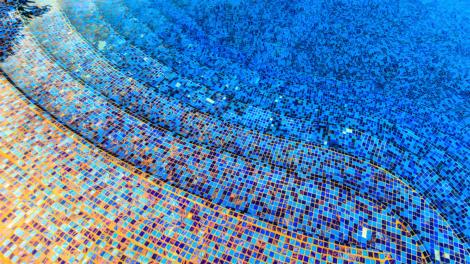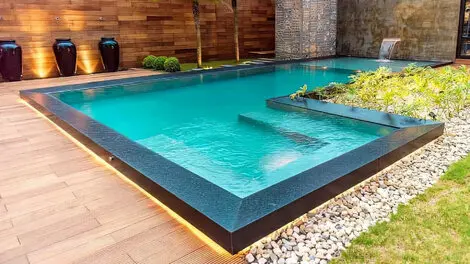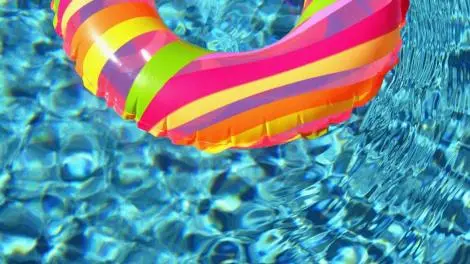There are millions of backyard swimming pools in Australia, with the numbers only rising. However, owning a pool isn’t a bed of roses!
Several issues can arise with your pool, such as green or cloudy water or a clogged filter.
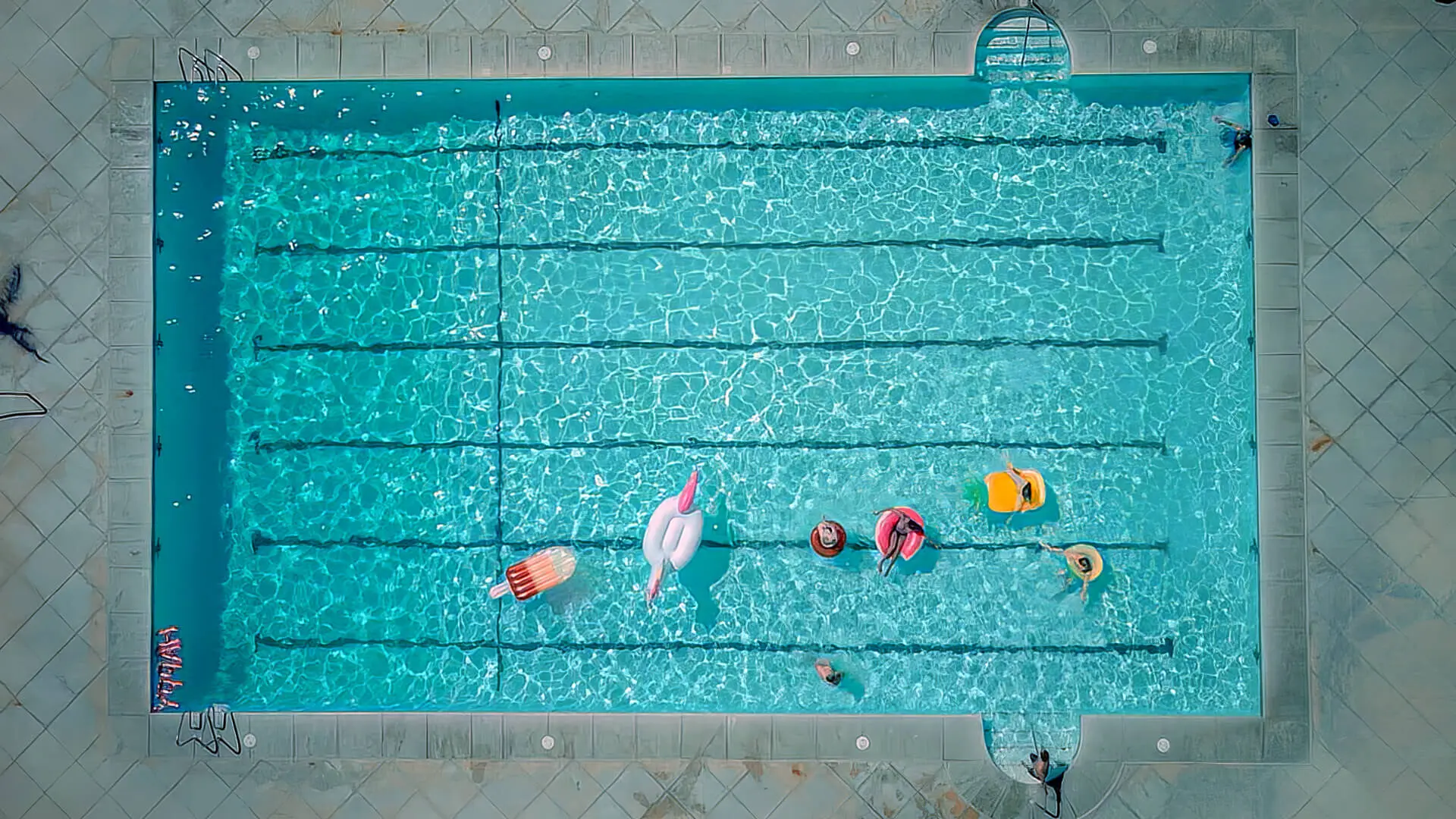
So, to make things easier, especially for new pool owners, we’ve compiled a list of the most common pool problems and how to solve them quickly. Keep reading to find out!
How To Avoid Common Swimming Pool Issues
1. Green Algae
Typically, a healthy pool has clear or bright blue water. But often, pool owners must wake up to a green pool surface riddled with harmful algae. Green water algae are infested in pools that lack the right amount of chlorine and can cause extensive water-related illnesses and diseases.
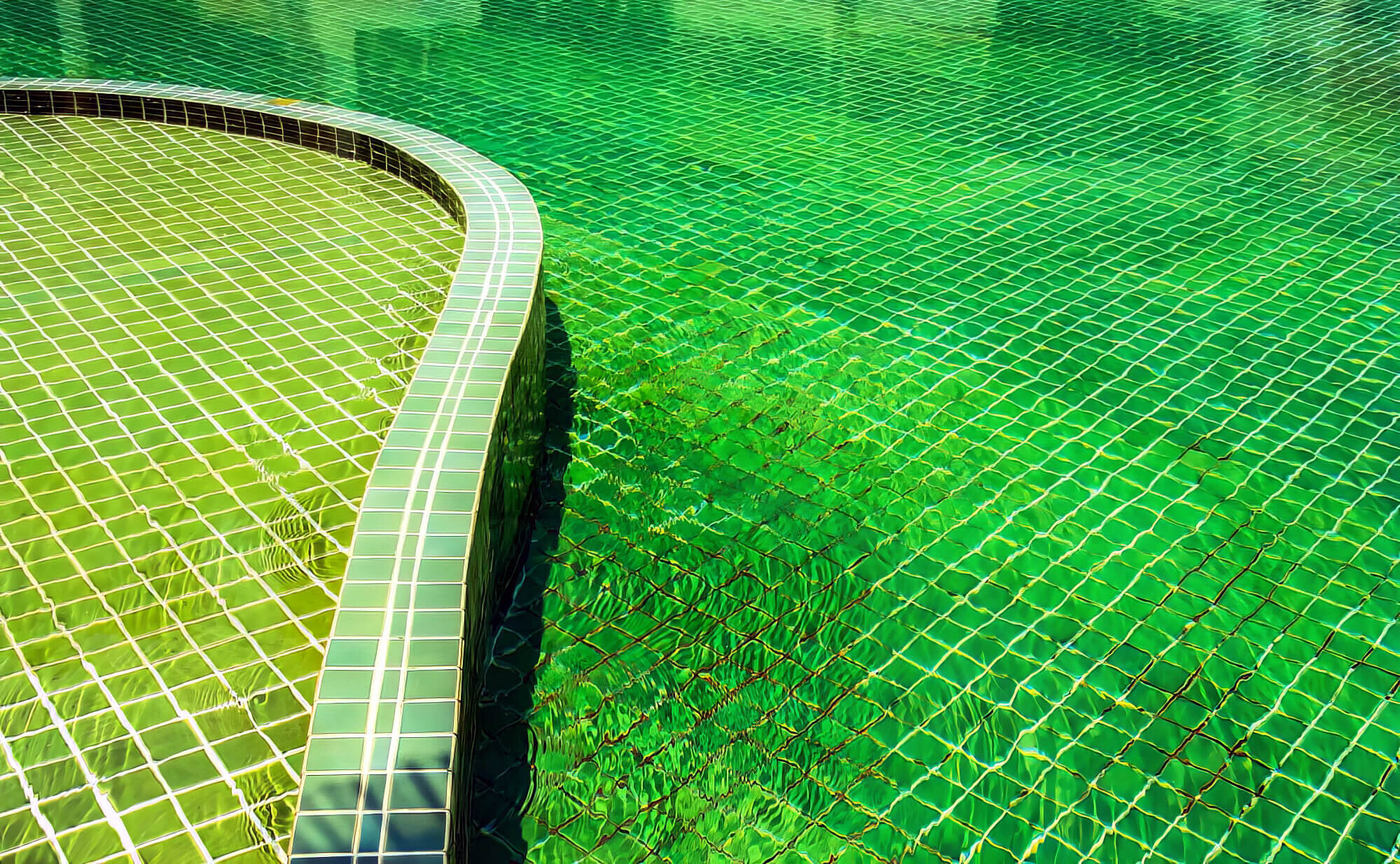
Solution:
As mentioned above, the main cause of green algae is the lack of chlorine in swimming pool water. To eliminate this problem from arising in the future, ensure that your pool has the right amount of chlorine at all times.
If you spot your pool turning green again, we recommend hiring a professional to check the chlorine level and take the necessary steps.
2. Clogged Filter
One of the most common pool problems that most pool owners face at some point is clogged pool filters. Pools use a filter that helps keep the gunk or debris out and circulates the swimming water to keep it clean and hygienic. However, if you fail to clean your swimming pool regularly, this pool filter can become clogged. Various objects, such as dirt, leaves, and bugs, will clog your pool filters and prevent them from functioning optimally.
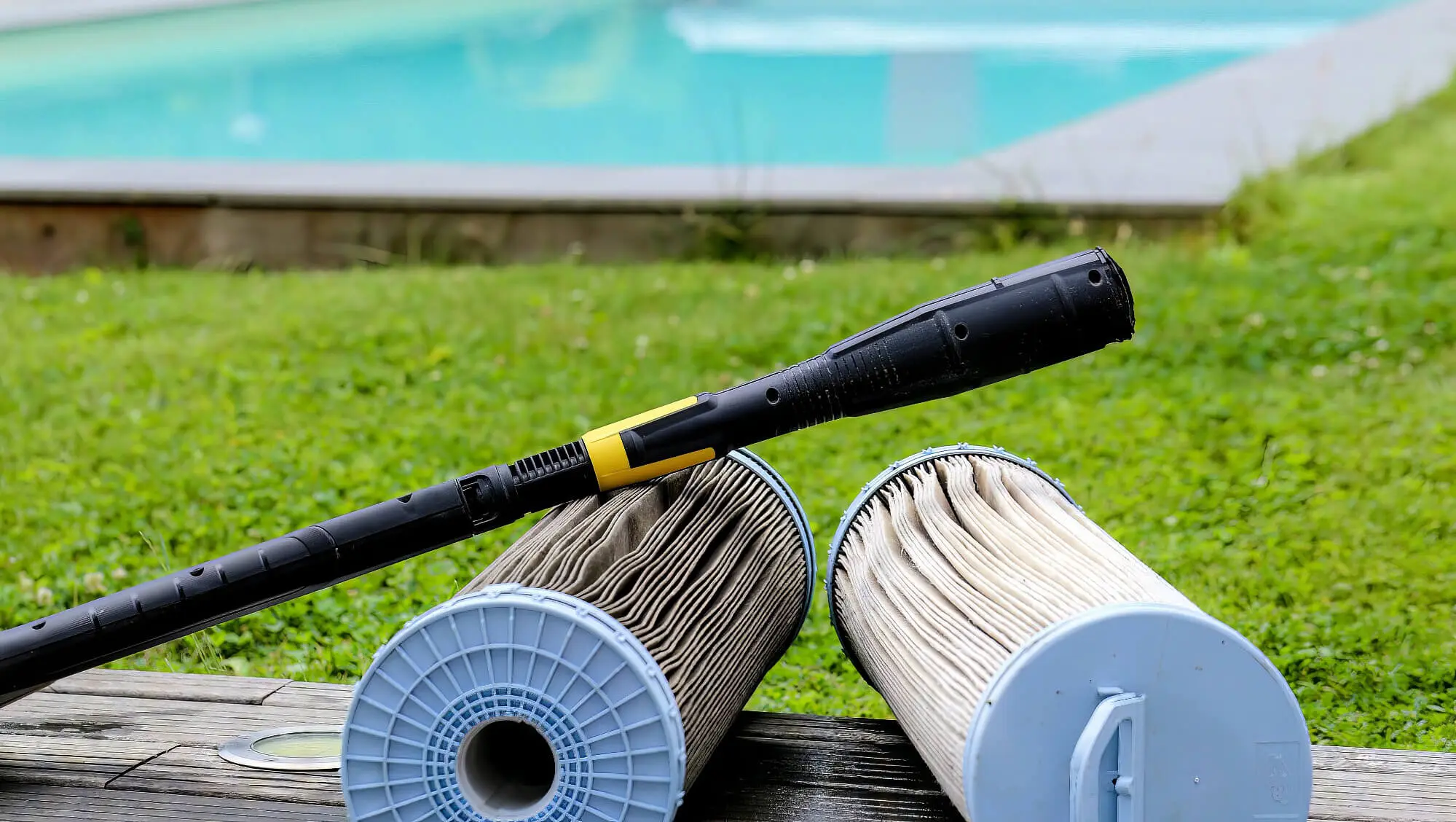
Solution:
The main sign of a clogged or dirty filter is spotting an unusual amount of debris and dirt in your swimming pool. To resolve this issue, you can simply remove the pool filter head and clean it thoroughly. You can also avoid this from happening again by regularly cleaning your pool and the filter.
3. Chlorine Overload
You already know that the right amount of chlorine is necessary to fight algae infestation. However, excessive chlorine can also become a problem, as it’s dangerous for the pool and its users. If you experience eye irritation and difficulty seeing underwater, it may mean that your swimming pool has excess chlorine.
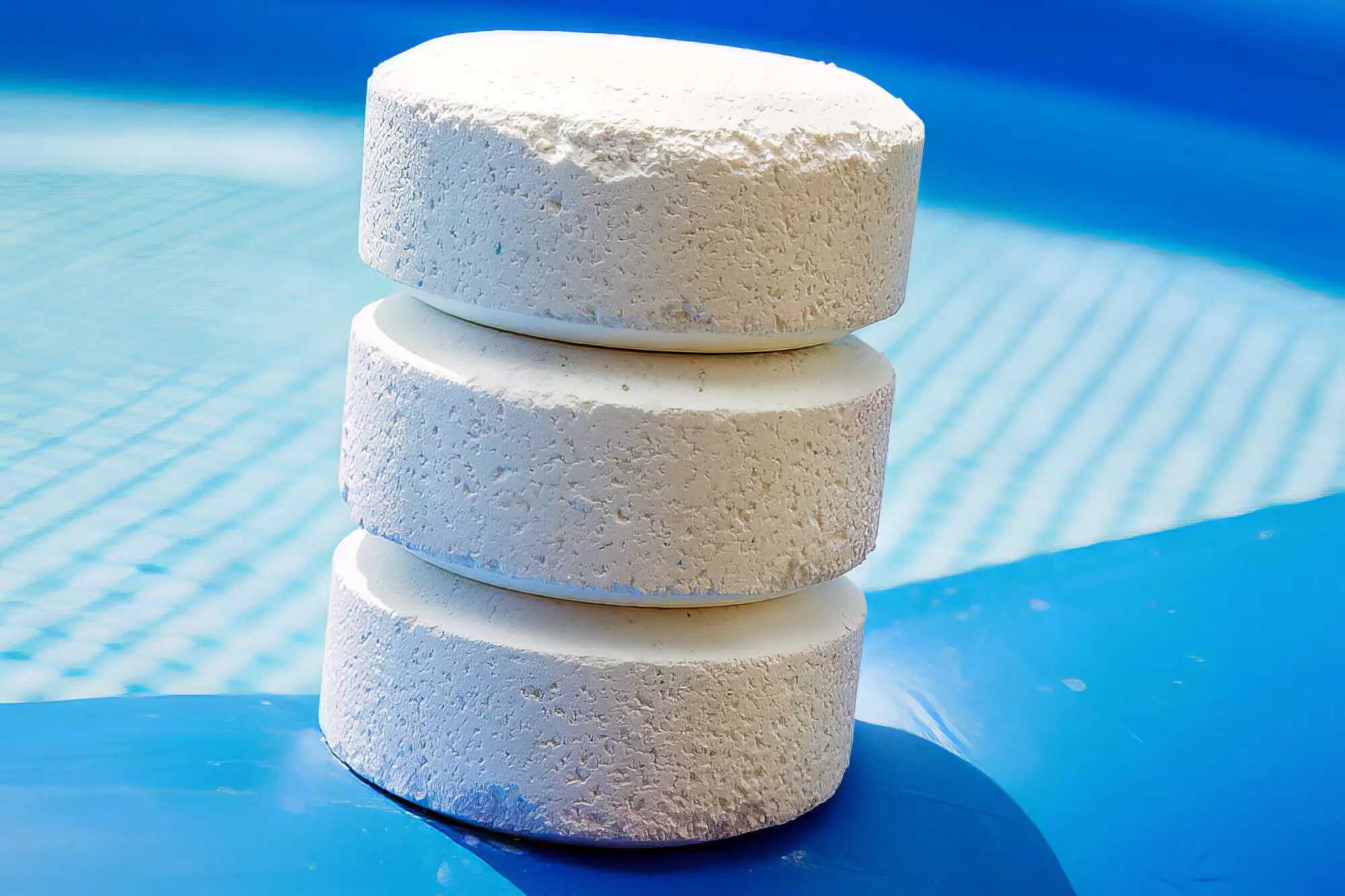
Solution:
Pool owners must keep their pool inspected for chlorine levels by testing it with a pool test kit. These pool testing kits come in various types to test your pool’s chlorine levels. Frequent testing can ensure that your pool’s chlorine levels stay consistent and safe. If you are unsure about conducting the tests, consulting a pool specialist can help you.
4. High Or Low pH
If your pool water’s pH levels are not balanced correctly, it can lead to various pool problems like erosion of grout and concrete (in concrete pools) and damage to the tiling. On the other hand, high pH is considered alkaline and can result in harmful bacteria formation, leading to eye, throat and skin irritation in users.
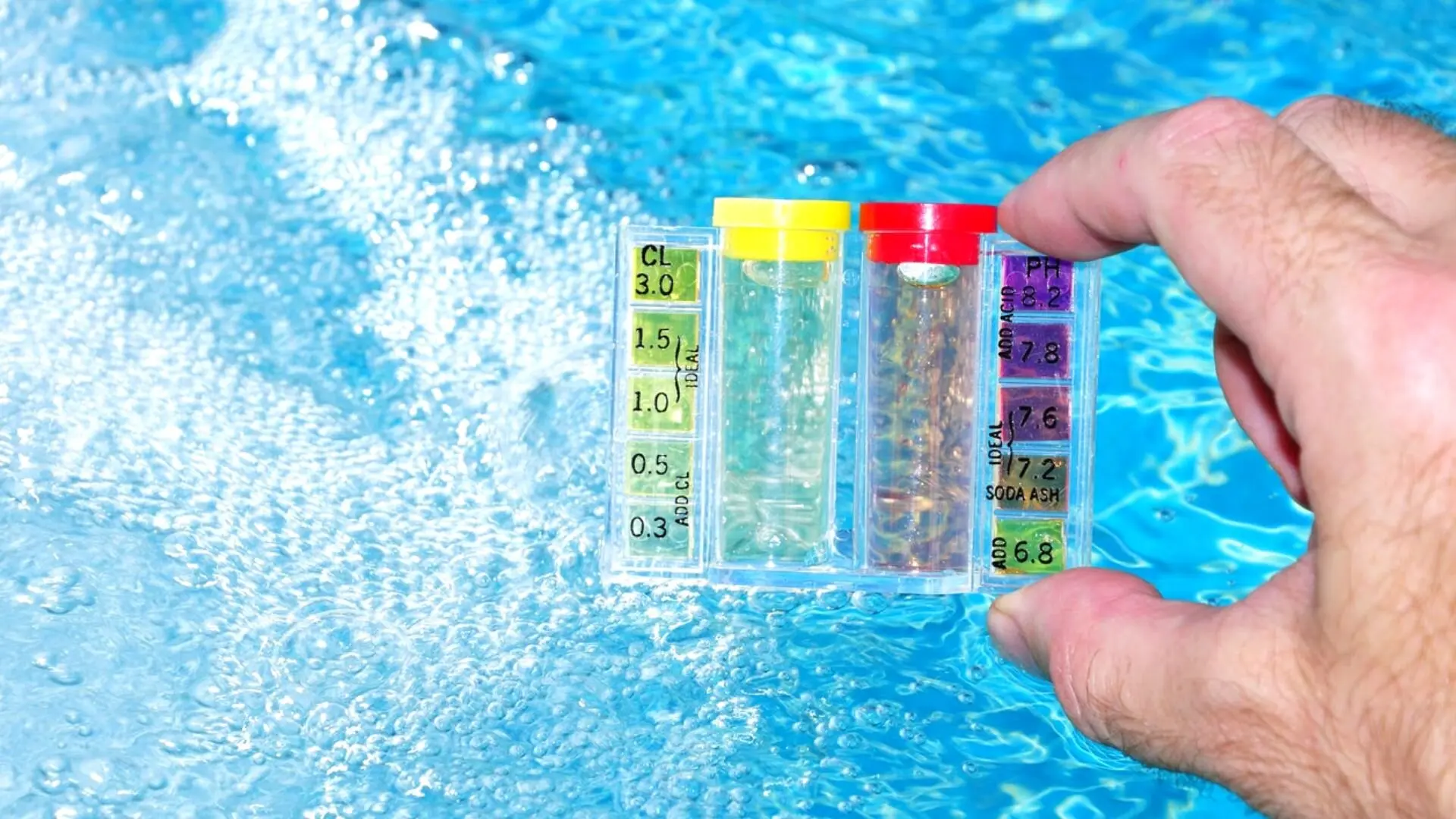
Solution:
You can maintain the pH levels of your pool by regularly testing it with a pH testing kit. You must use the right chemicals to maintain the water’s pH. This further emphasises the importance of regularly cleaning your pool, as you cannot precisely measure the number of chemicals in an unclean pool.
5. Cloudy Water
Cloudy water is unpleasant to look at and frustrating to deal with. The three main reasons your pool turns cloudy are a clogged pool filter, the environment, or the incorrect usage of pool chemicals.
Since a pool filter is responsible for keeping your pool clean, dust and debris can accumulate in the water in case of a malfunctioning or clogged filter.
Other factors, like the environment, significantly contribute to cloudy pools. These include birds dropping, tree leaves, broken plants, and abundant pool algae. Besides, excessive pool chemicals can play a major role in cloudy pools. Large amounts of pH in the water, high alkalinity, and excessive calcium hardness can all be the culprits.
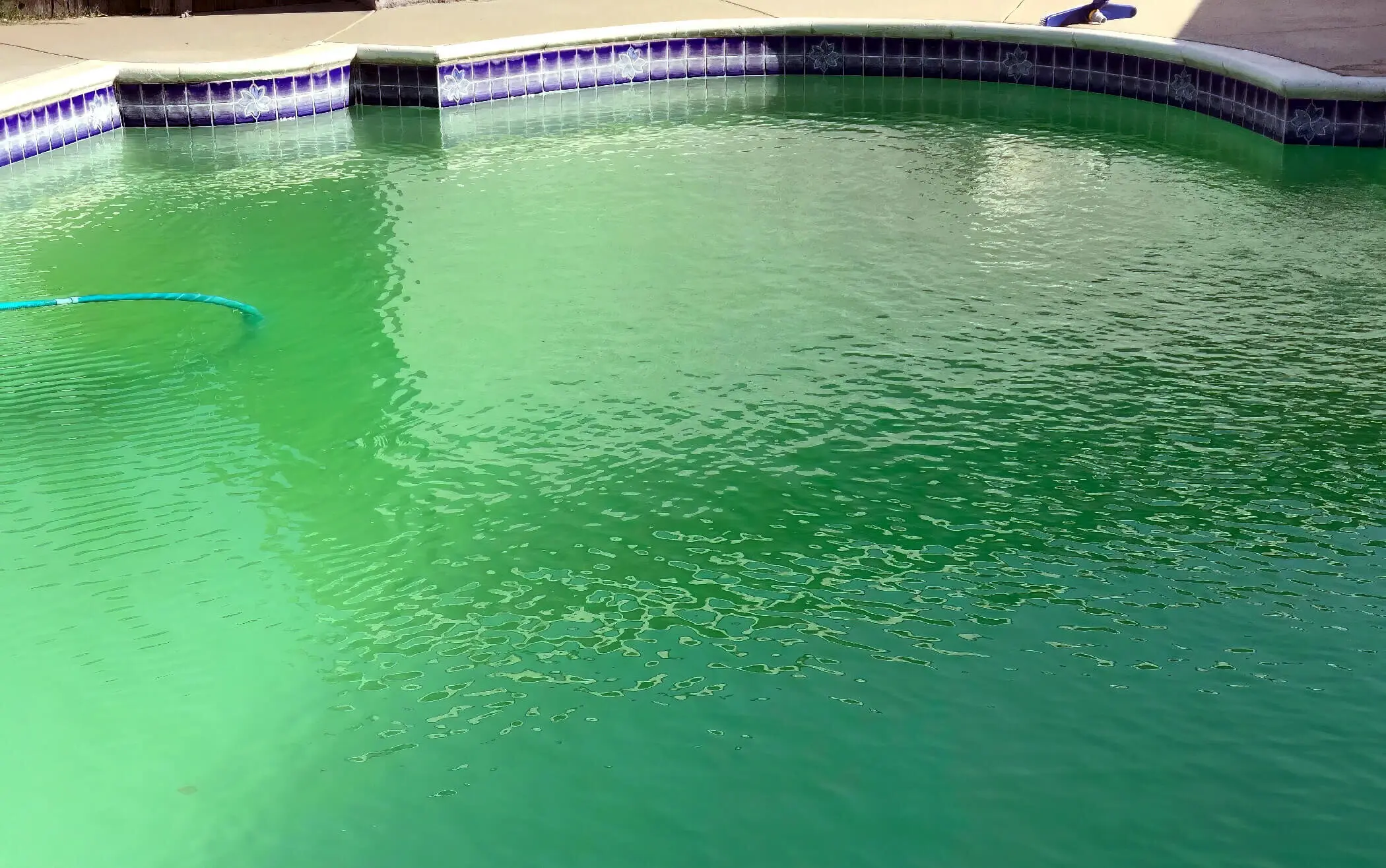
Solution:
Though various factors affect the pool’s water quality, some simple steps can help eliminate this cloudy pool problem.
For example, cleaning your pool pump and replacing the pool filter regularly can help maintain the clarity of your pool water. Additionally, every pool has a free chlorine (FC) level; as a pool owner, you must balance the chemicals to maintain it. Likewise, monitoring pH and TA levels can eliminate the possibility of high alkalinity.
If green algae grow in your pool, remove it immediately to prevent further damage. In addition to free chlorine, remember to maintain the correct calcium hardness (CH) levels and use calcium remover.
Cleaning out foreign objects and mineral deposits, scrubbing and vacuuming the sides and the ground, and adding chlorine to the water can leave your pool looking fresh and spotless and enhance its clarity. Lastly, if excessive ammonia is present in the pool, remove it by adding a sufficient amount of chlorine to the water level. This will then react with the ammonia and ultimately get rid of it.
6. Pool Liner
The primary purpose of a pool liner is to keep the pool water within the pool and prevent leaks. It also protects the pool’s interior from damage and prevents mould or algae growth. But as the liner ages, it can start pulling out. The older the liner gets, the less stiff it becomes and the more it shrinks.
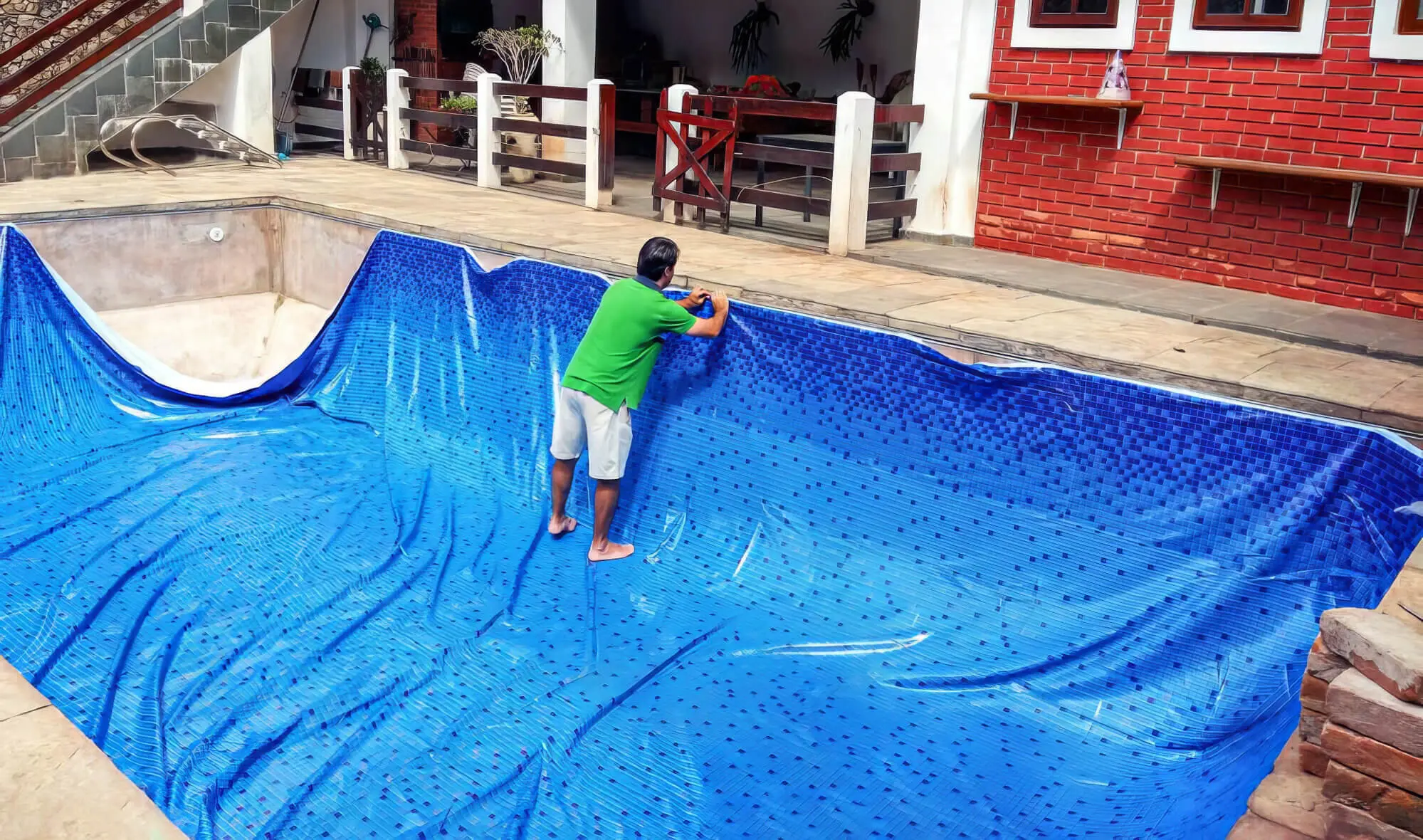
Solution:
To fix a liner coming out of its tracks, you must boil a considerable amount of water. Pour the boiled water into the area of the vinyl liner that has begun to pull away. This will expand the vinyl and will allow you to stretch it enough to get it back in the coping. Once the water has cooled down slightly, work fast and pull the vinyl back in place before it cools down further and becomes stiff.
No More Pool Problems: 6 Easy Solutions To Keep Your Pool Clean And Clear
It is natural to panic when things go wrong with your pool, be it algae growth, a faulty pool pump, an incorrect pH level, or cloudy pool water. However, it’s essential to take proper care and act quickly so that there is no further damage to your pool equipment and your pool is always safe to swim in.
But if you’re wary about going DIY, consider contacting the folks at The Pool Co Sydney. We specialise in pool construction and regular pool maintenance, and our experienced team can provide professional advice for effective DIY pool maintenance.
That’s all for this guide on the most common issues with swimming pools. See you next time!
